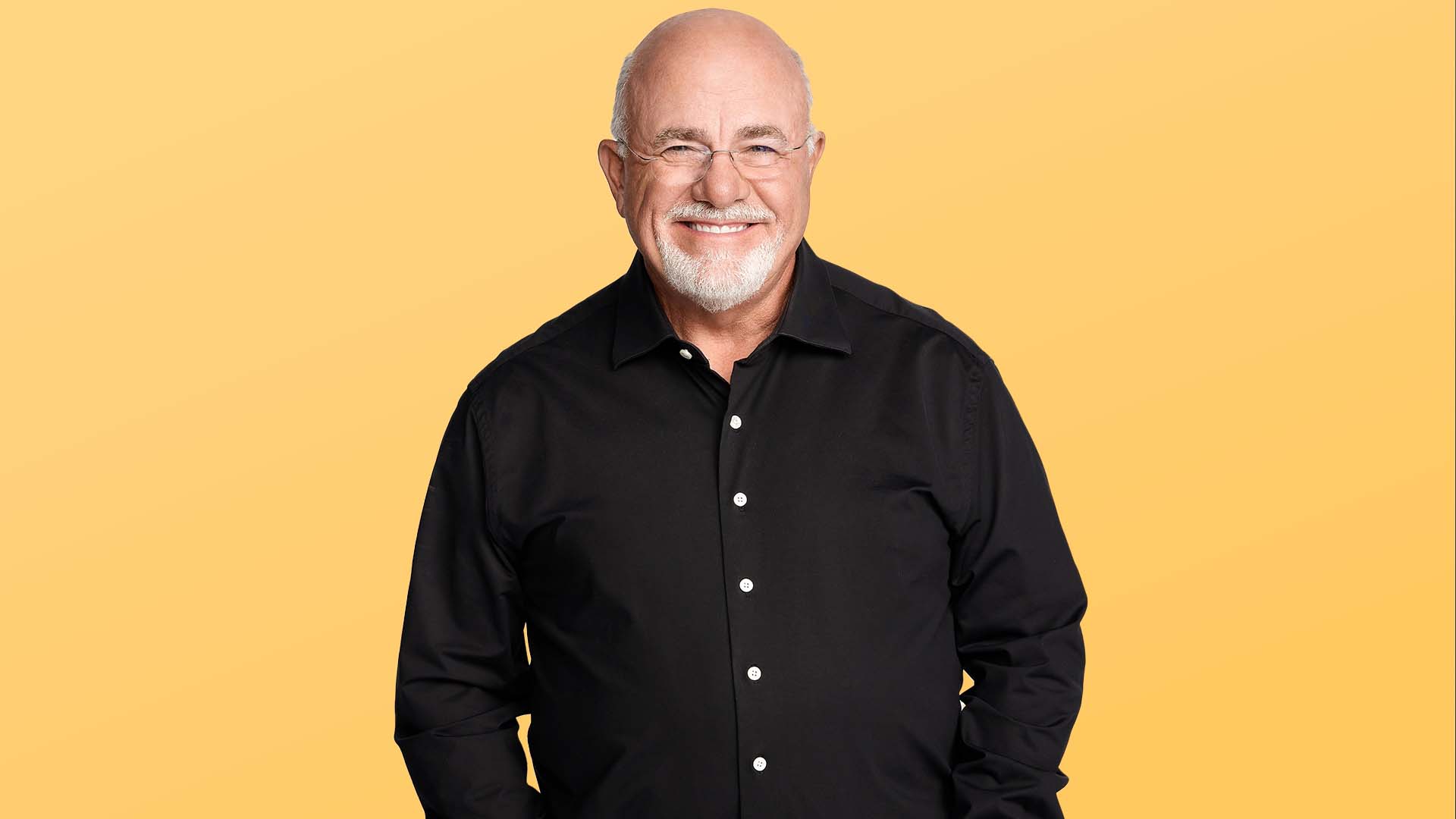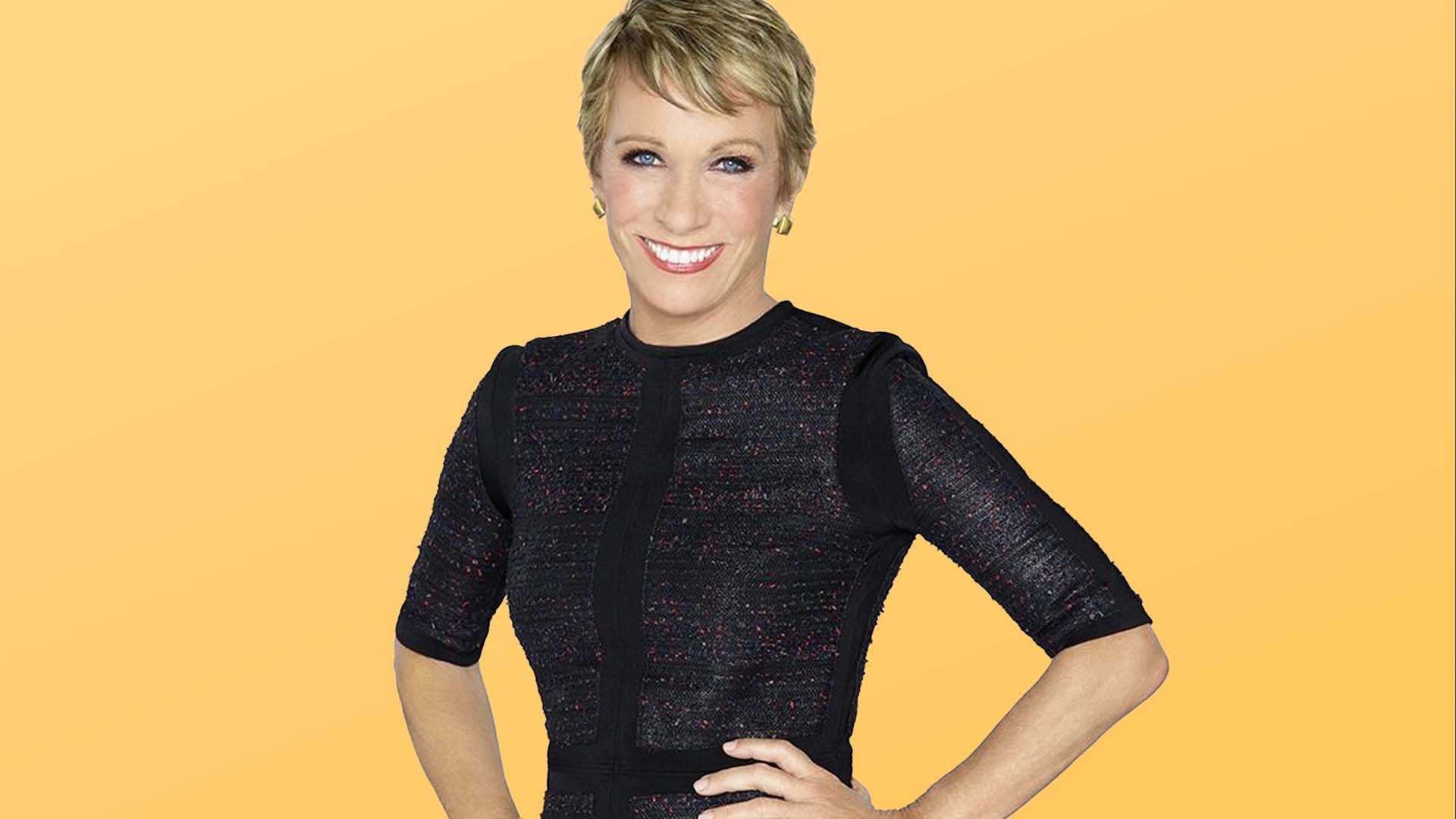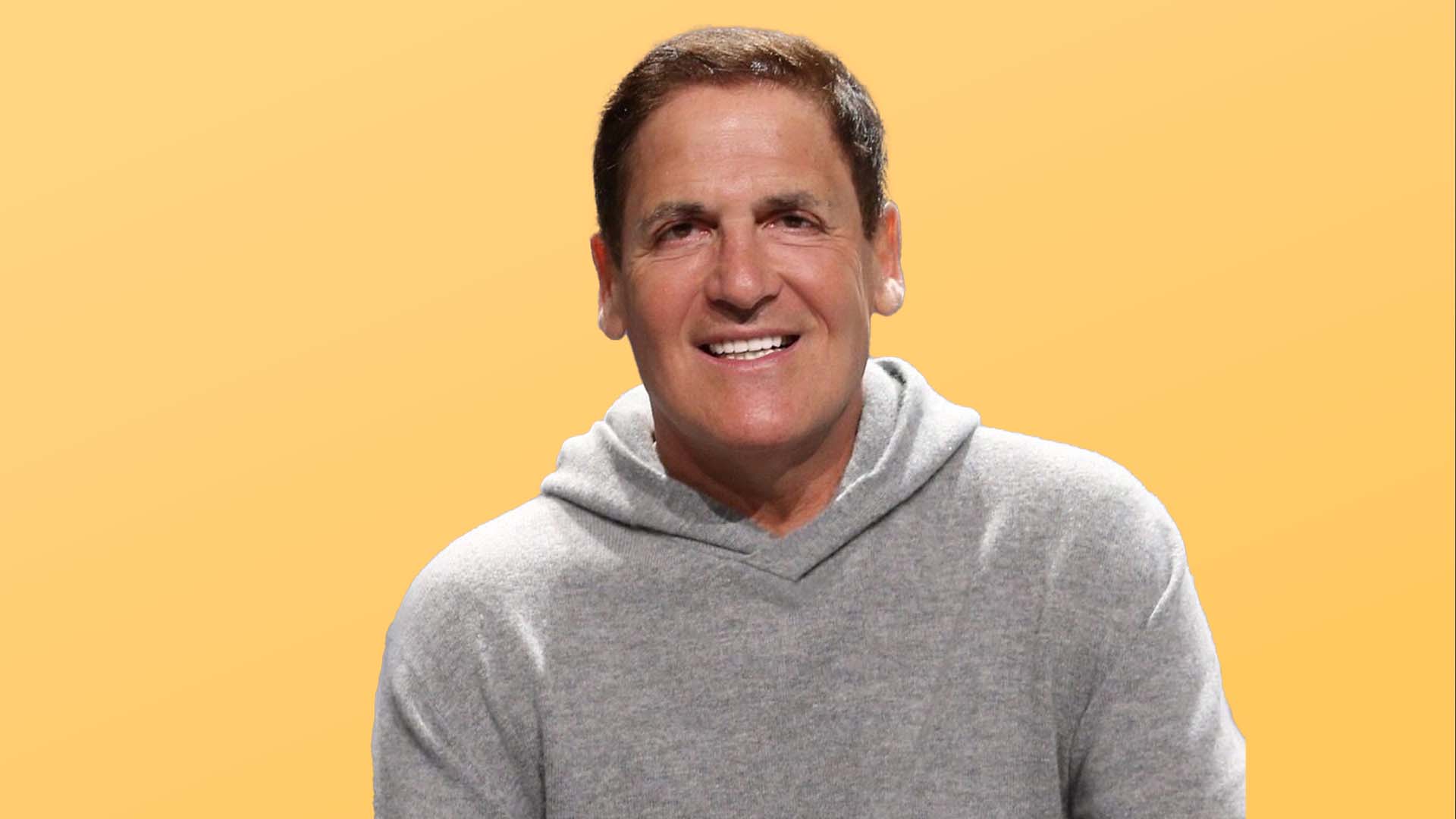The Roth Conversion Mistake That Could Cost You Tens of Thousands — and How To Get It Right

Commitment to Our Readers
GOBankingRates' editorial team is committed to bringing you unbiased reviews and information. We use data-driven methodologies to evaluate financial products and services - our reviews and ratings are not influenced by advertisers. You can read more about our editorial guidelines and our products and services review methodology.

20 Years
Helping You Live Richer

Reviewed
by Experts

Trusted by
Millions of Readers
Say you’ve saved $1.6 million in your 401(k) — a number that reflects years of discipline and sacrifice. Now, financial experts are saying much of that money should be in a Roth IRA instead. Should you convert? And if so, how much at a time and when?
These are the exact questions GOBankingRates reader Sofia recently submitted as part of our Top 100 Money Experts series. To give her some guidance, we turned to Alonso Rodriguez Segarra, CFP and CEO of Advise Financial.
Segarra is passionate about the subject of Roth conversions — and that passion came through in his response to Sofia. He affirmed that converting to a Roth IRA can be a smart move and offered strategies to minimize the tax hit.
Roth Conversions Are Smart Because They Offer Tax-Free Growth
Segarra emphasized that Sofia’s goal of converting part of her 401(k) to a Roth IRA is a savvy decision — as long as she has the right plan.
“Roth conversion strategies are a potent tool, where the person transfers money or assets from their 401(k) or traditional IRA to a Roth IRA account to ensure that their money continues to grow tax-free,” he said.
He also explained that making this move allows Sofia to avoid required minimum distributions (RMDs) at age 73 or 75, depending on her birth year. Because Roth IRAs aren’t subject to RMDs, they can help reduce taxable income later in retirement.
To Avoid High Taxes, Don’t Do a Big One-Time Conversion
Segarra addressed one of Sofia’s key questions directly: Should she convert her full $1.6 million at once?
The answer: definitely not.
Converting the entire balance in a single year would almost certainly push her into the top tax bracket and could also increase her Medicare premiums.
“For tax optimization purposes, it is much better to divide the amounts you are going to withdraw over several years so as not to go into a higher tax bracket than you want,” Segarra said. “For example, if you were to convert everything in a single year, you would pay [rates as high as] 37% on the $1.6 million. In contrast, if you divide it into several years, you could stay at 12%. The difference would be astronomical.”
In short, gradually converting smaller amounts over time can help Sofia stay in lower tax brackets and save money in the long run.
Use Tax Brackets Strategically
Someone with Sofia’s savings may still retire in a lower tax bracket than during their working years. Segarra suggested using this to her advantage.
For example, if she finds herself in the 12% tax bracket, she could convert an amount that keeps her income just below the next tax threshold (22%). In other words, she should aim to “fill up” the 12% bracket without crossing into the 22% range.
“When you withdraw these amounts of money, you will pay income taxes on the amount you have withdrawn,” Segarra said. “Still, you will have the fabulous possibility of choosing the amount of money you want to withdraw, thus seeking to optimize your tax brackets.”
Annual vs. Monthly Conversions: What Matters Most
Sofia also asked whether monthly or annual conversions would be better. Segarra explained that timing isn’t as important as the total amount converted in a given year.
“For tax purposes, the total amount you withdraw during the year will be taken into account to determine the income that will go to your income tax,” he said. “So the moment you do it is not as relevant from a tax perspective.”
That said, converting earlier in the year does give the money more time to grow tax-free inside the Roth IRA.
Segarra also offered another key piece of advice: If the market drops after Sofia converts cash, she could miss out on recovery gains. To manage that risk, he recommends converting assets instead of cash, so any rebound happens inside the tax-free Roth account.
Work With a Fee-Only CFP
Given the complexity involved in Roth conversions, Segarra advised Sofia to work with a certified financial planner — ideally one who is fee-only and charges by the hour or project.
“These planners utilize sophisticated planning software to determine the scenario that will add the most value to you and help you avoid costly mistakes,” he said.
Bottom Line
When Sofia converts part of her 401(k) to a Roth IRA, she can benefit from long-term, tax-free growth — if she does it strategically. Gradual conversions, smart use of tax brackets, and professional guidance can make the difference between a costly mistake and a powerful wealth-building move.
This article is part of GOBankingRates’ Top 100 Money Experts series, where we spotlight expert answers to the biggest financial questions Americans are asking. Have a question of your own? Share it on our hub — and you’ll be entered for a chance to win $500.
 Written by
Written by  Edited by
Edited by  Money Expert
Money Expert 









































































































